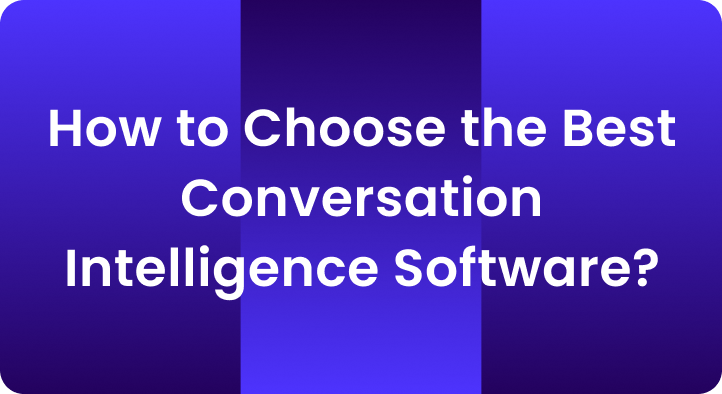As per a research, 41% of the reps say the phone is their most effective sales tool.
Contrary to a popular belief, 90% of the reps believe cold calling tips to be very effective.
While there’s no doubt that cold calling is still alive (in fact flourishing), it’s equally true that cold call opening defines your success rate. That’s because when you are on phone, the words you speak make your first impression.
Interestingly, the easiest part of the sales call is the opening.
At this point, you cannot go wrong because nobody has any expectation from you.
This is a no risk zone because no quotes have been made, no commitments have been discussed, the reputation of the company is not on the line, etc.
At the same time, it is the most difficult part of the sales cycle. The way you open a call generally defines the progress of the conversation.
Moreover, it is important to qualify your prospect at the earliest.
If someone is not interested in your proposition, you need to identify this during the initial few seconds. That helps both you and your prospect save their precious time.
Anyways, if you are new salesman figuring out how to open a sales call like a pro, the following steps will definitely help, but let’s first understand the basics of call opening.
Table of Contents
A. How to open a sales calls successfully – 5 easy steps
1. Greet the Person
When you approach someone to sell your product or service, the first thing you should remember is to show respect.
Do not start with your sales pitch as soon as you begin the conversation.
It does not look good and you will lower your chances of converting that sales pitch into a successful sales pitch.
At the start of your conversation, you should greet the other person in the right way, for example, Good Morning Mr. John.
It is important to do so because sales is all about creating a relationship and every relationship is based upon social niceties.
Start your conversation with utmost respect and professionalism.
Because when you are over the phone, the way you talk is the only way you can impress an individual.
If you are the quality manager, you can use Enthu.AI to identify the number of calls where the agents have achieved/missed the salutation, as shown below. You can also spot the agents that are not making proper salutation, and can deep dive into the calls for coaching and training. Now, the next thing for you to do is to introduce yourself and your company, and the purpose for which you are calling. But when you introduce your company, you should talk more about the benefits that the company provides rather than the features. My name is Tushar Jain, I’m the founder of Enthu.AI. We’re a conversation intelligence software that increases QA efficiency for voice operations by 90%. In the above example, the prospect is generally interested to know more about Enthu.AI and how it can help them increase QA efficiency. Instead, consider a scenario where I speak as follows: My name is Tushar Jain, I’m the founder of Enthu.AI We’re a conversation intelligence software that analyzes and transcribe calls and provides business insights. Now, the most common reply to this will be: Thanks but no thanks. It’s full of jargon and doesn’t focus on the benefits that the product will bring to the prospect. In a nutshell, introductions should focus more on the benefits that a customer can extract using your product/service. This gives a direction to the conversation. Using Enthu.AI, QA teams can analyze the agents who are making the right introductions. They can also bookmark calls that they find to be near perfect, and use it for hearing across the teams. After greeting the prospect the right way and introducing yourself & your company, you should focus on the sales questions that will qualify the prospecting call . The purpose of these questions should be to understand the motivation that drives the interest in your product or service. Your questions need to be specific so that you can get definitive answers that help you understand the perspective of the user. Also, it will help you steer the course of the call, i.e., you will be in control of the conversation. Always be informed and ready. Consider an example where we at Enthu.AI ask our prospects a couple of questions to validate their needs. We have created a word cloud around those questions, and Enthu’s AI automatically detects the calls and the questions we are asking. We have labelled such questions under “Need validation/use case”, as highlighted below. In the same manner, you can create your own custom keyword cloud to identify the calls and the questions that got asked. When the customer asks you questions, you should give a reply in the best possible way. And you can do that only when you understand the customer and his needs. The answer that you provide must be brief and to the point and it must talk about the benefits rather than features. Also, between calls, demos and meetings, you should continue with your research so that you are aware of any new development that might be critical when you speak with the decision maker. All these activities will help you close the sales faster. Consider a use case where a sales leader wants his agents to sell on USPs & benefits than on pricing & features. That’s how they want the reps to answer user questions and sell the product. You can see below how to configure our speech analytics software ‘Enthu.AI’ accordingly and get actionable data. As you will notice, 185 calls in the selected duration had a mention of a USP, as against 75 calls with a USP missing. More strikingly, the calls with no USP spoken have fallen by 34%, which is an indication that agents have started speaking more about benefits. Managers can quickly identify the agents that sell on features vs. those who sell on benefits & USPs. If an agent is consistently showing the same behaviour, he can be coached for improvement. You must always be grateful when someone agrees to talk to you about your product. By thanking them, you are showing that you value their time. And when someone gives you their time, you must always respect that and provide them with the solution that can cover up their investment of time. Phrases like “I appreciate your time” go a long way in establishing your rapport and seriousness. Your call opening should have expression of thanks. See Enthu.AI in action A sales call introduction is the beginning of a conversation between a salesperson and a potential customer. The goal of the opening is to build rapport and establish a connection with the customer, while also laying the foundation for the rest of the call. Let’s check out 5 easy steps to create a positive and productive environment for your sales call, and increase your chances of making a successful sale. Be clear with what you want to achieve during a sales call. Keeping the goals in mind, prepare questions that are relevant to your customer’s business, pain points, needs, etc. Try to ask only relevant questions so that it feels like a conversation and not an interview. Every question asked should be towards achieving the goals set by you. Prepare a structure of your call, i.e, you must define what to ask and when to ask. It helps you maintain the control of the call. You must plan in advance on how you would start a meeting so that you can point it to the right direction to achieve your goals. Next, prepare a list of talking points and questions that would help you understand prospects’ concerns and pain points in a better way. When you prepare well, you tend to get less surprised. Understand that your potential customers are busy in life. They will only entertain you till the time they are receiving some kind of value from the conversation. So, make prospects realise the value of your product/service right from the start. Don’t play hide and seek. Approach the call with the right attitude. Right attitude comes when you are informed, you empathise with your customers and are genuinely interested to help customers solve their problems. When you display such an attitude, prospects feel motivated to take action. When opening a sales call, the first few moments can set the tone for the entire conversation. Here are some best practices to follow in order to make a strong impression and increase your chances of success: Before the call, make sure to research the potential customer and understand their business, their needs, and their pain points. This information will help you tailor your approach and provide relevant solutions. Start the call by greeting the customer and introducing yourself, your company, and the purpose of the call. Keep your tone friendly and professional. Ask questions and actively listen to the customer. Show genuine interest in their needs and concerns. This will help establish a connection and create a more positive and collaborative atmosphere. Clearly and concisely state the purpose of the call and why it’s relevant to the customer. Be specific and avoid making vague or generic statements. Before diving into a sales pitch, it’s important to ask for permission to continue the conversation. This shows respect for the customer’s time and gives them control over the call. Be respectful of the customer’s time, budget, and priorities. Prioritize their needs over your own and avoid being pushy or aggressive Stay focused on the customer’s needs and stay organized with a clear plan for the call. This will help you stay on track and avoid getting sidetracked. Opening a sales call may seem like a trivial thing, but it’s extremely important. When you can’t see the person, words are what build your first impression. You need to ensure you are using the right set of words that stick with the prospect. What else do you consider while opening a sales call? Do write in the comments below. 1. How to open a sales call? To open a sales call, start with a warm greeting and introduction, establish rapport, and briefly explain the purpose of the call. Ask open-ended questions to engage the prospect and guide the conversation. 2. What should be your approach for a sales call? A successful sales call approach involves active listening, understanding the customer’s needs, demonstrating the product’s benefits, addressing concerns, and closing with a clear call-to-action. Maintaining a positive and confident tone is key. 3. What is the meaning of a good call opening? A good call opening sets the tone for the conversation, establishes your identity and purpose, and creates a friendly and professional atmosphere. It should be concise, respectful, and make the person feel valued.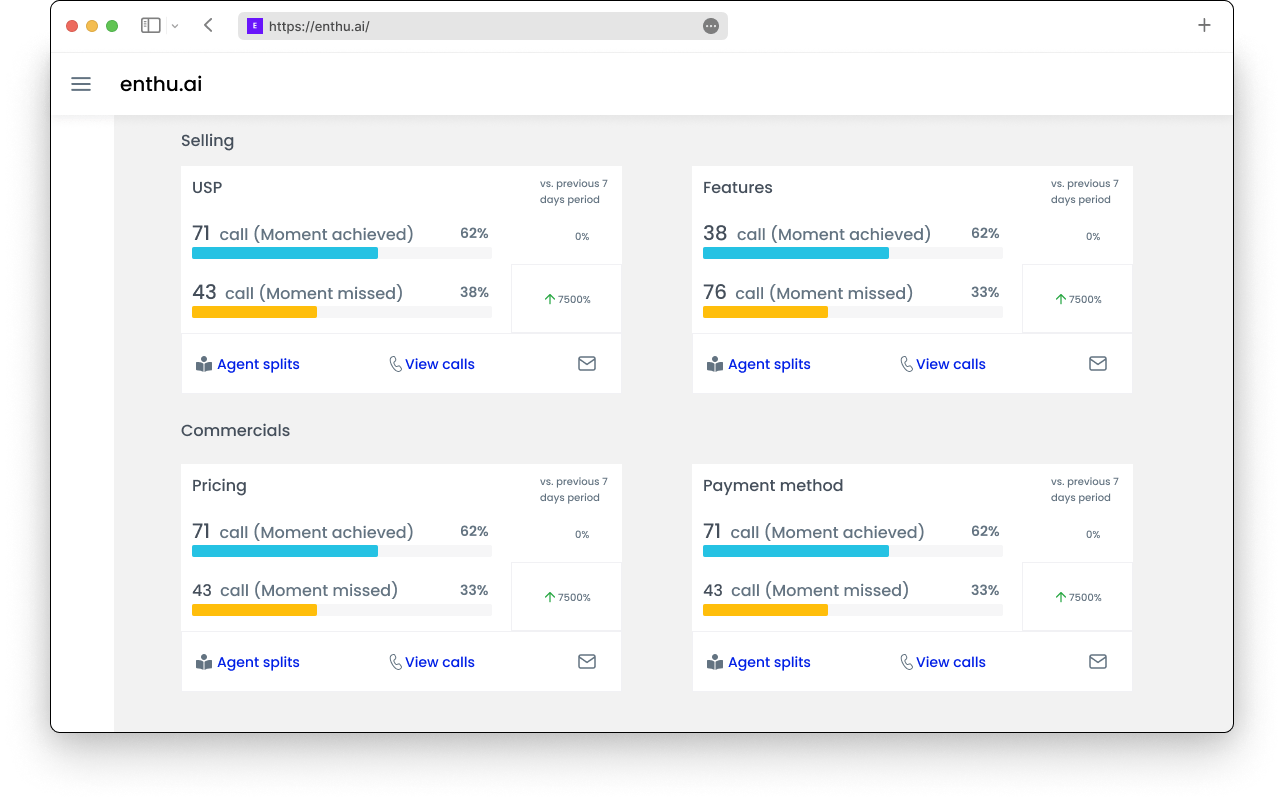
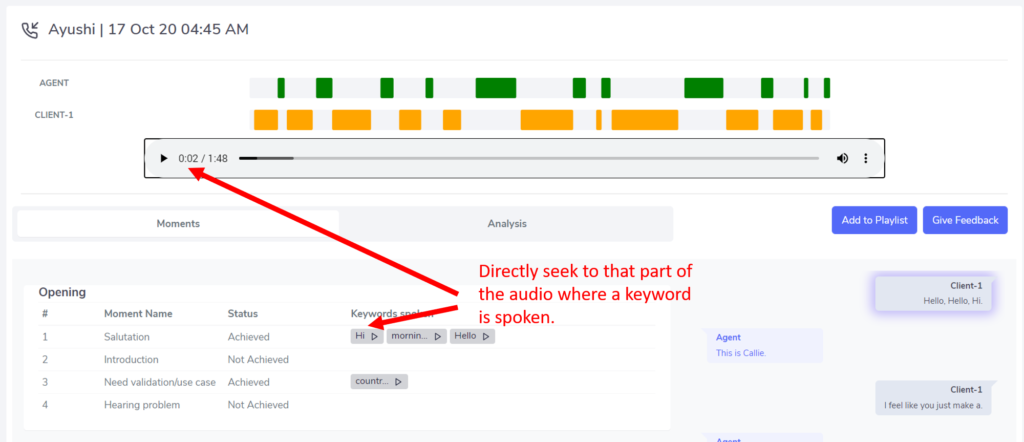
2. Introduce yourself and your business
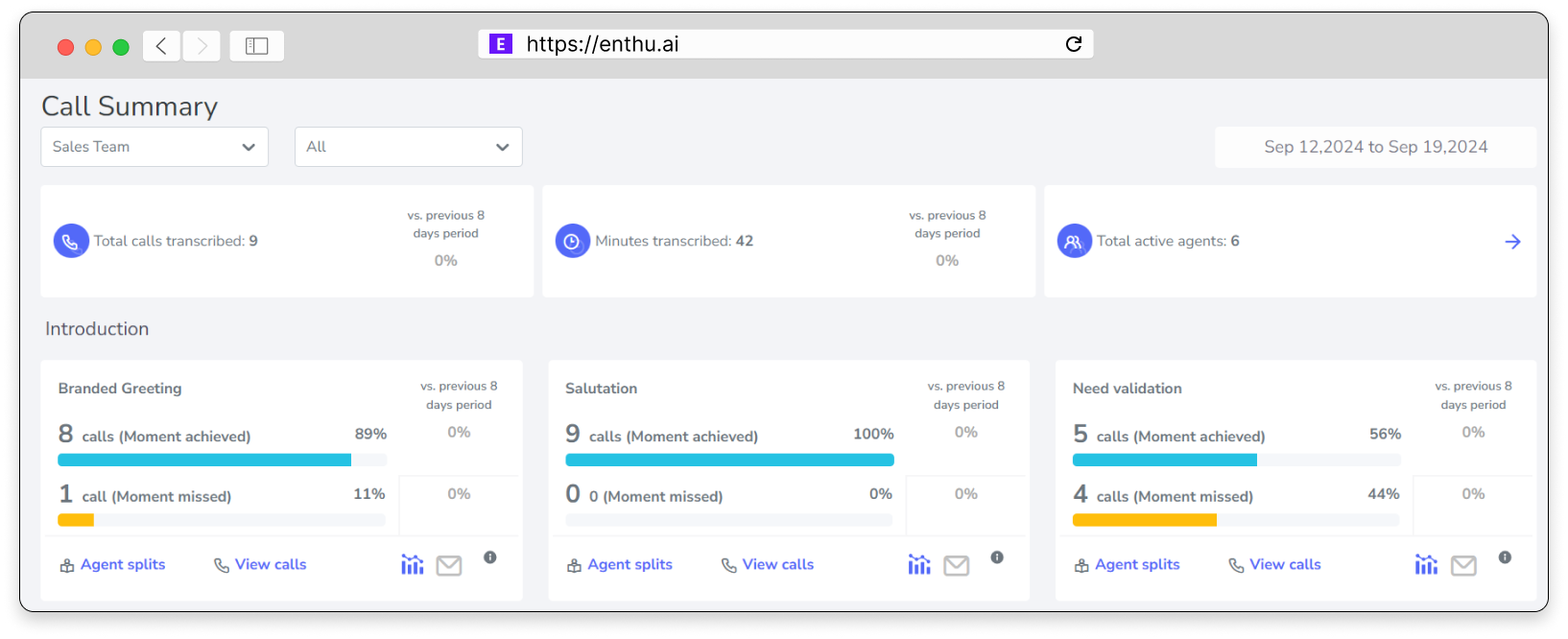
3. Asking the right first questions
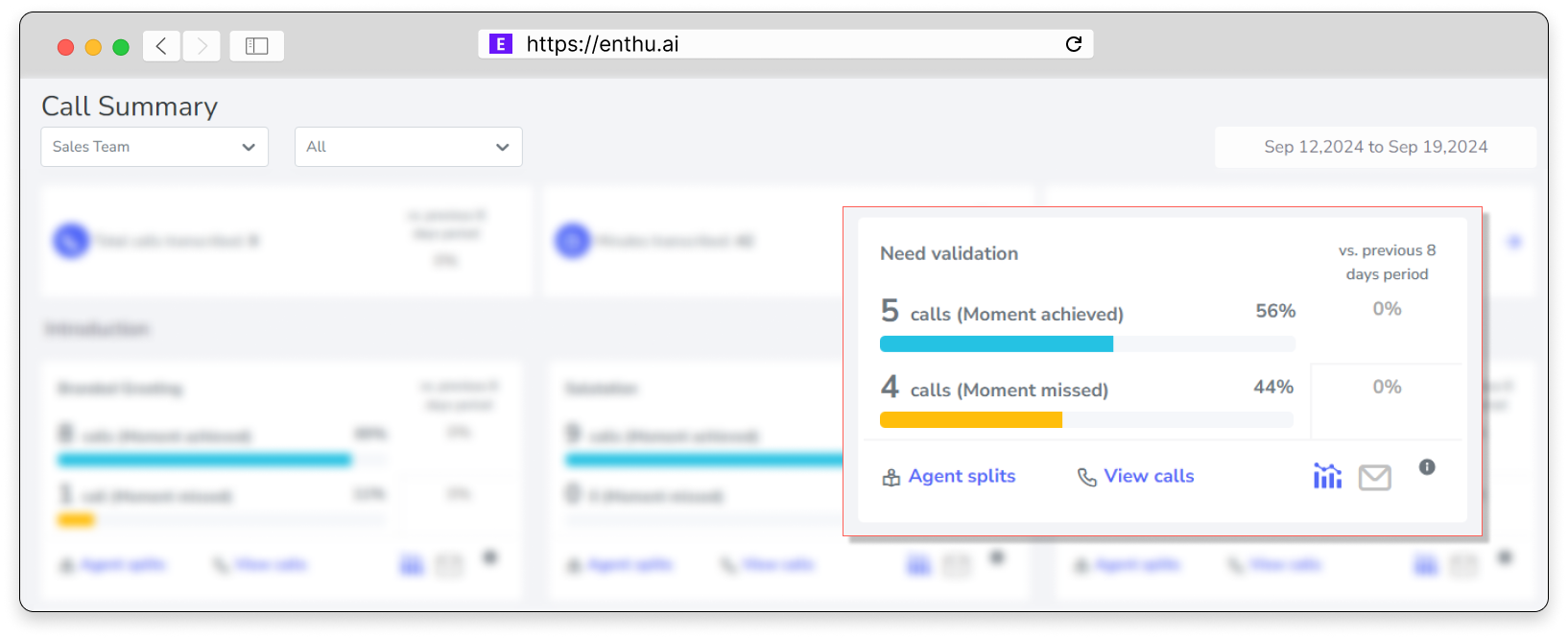
4. Giving good first answers
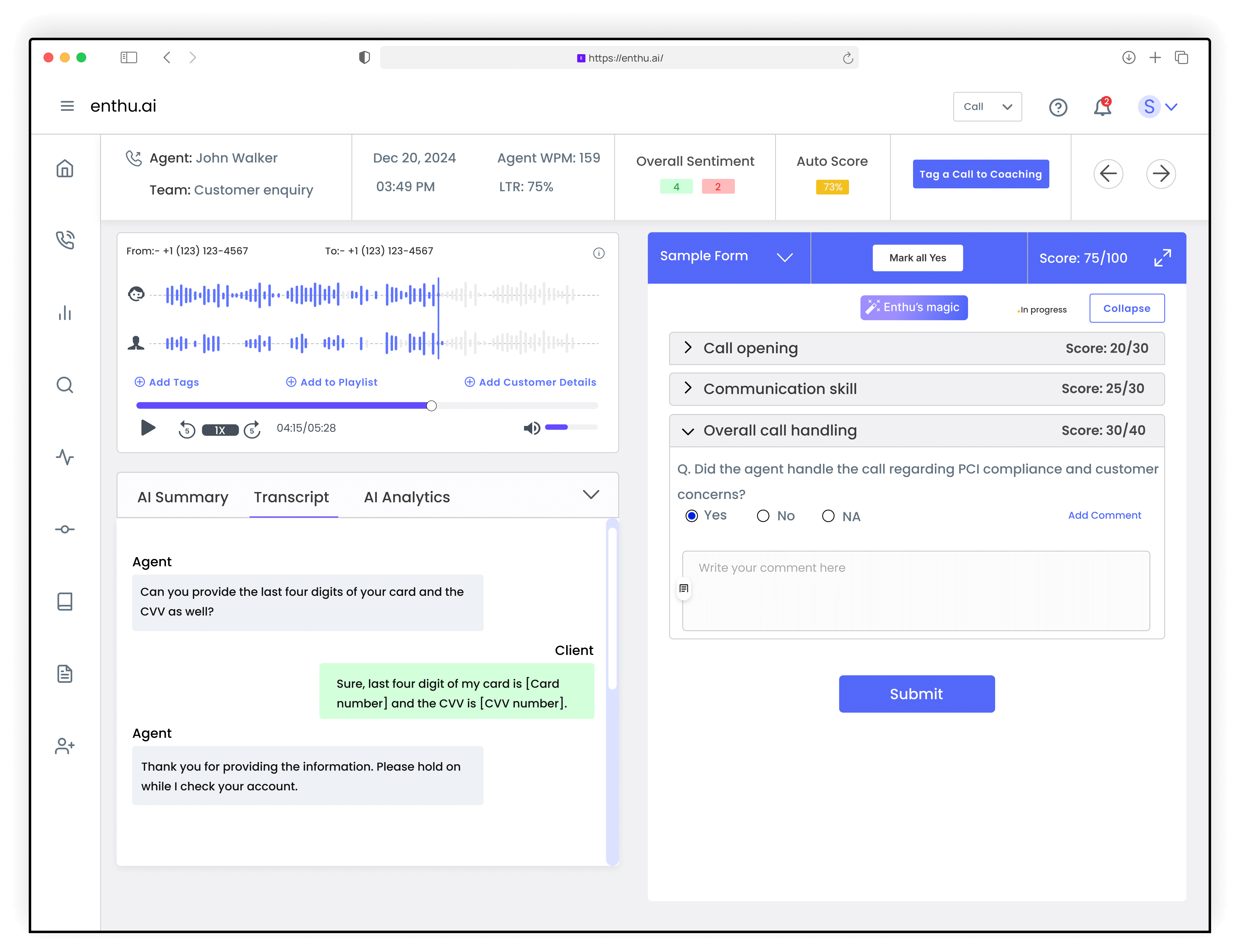
5. Thank them for their time
B. Basics of opening the call in a call center
1. Introduction
2. Greeting
3. Objectives of the Call
4. Active Listening
5. Problem-Solving
6. Follow-Up
7. Closing the Call
C. Don’t forget
1. To define clear goals
2. To structure your sales call
3. To deliver value
4. To go with the right attitude
D. Best practices for opening a sales call
1. Preparation
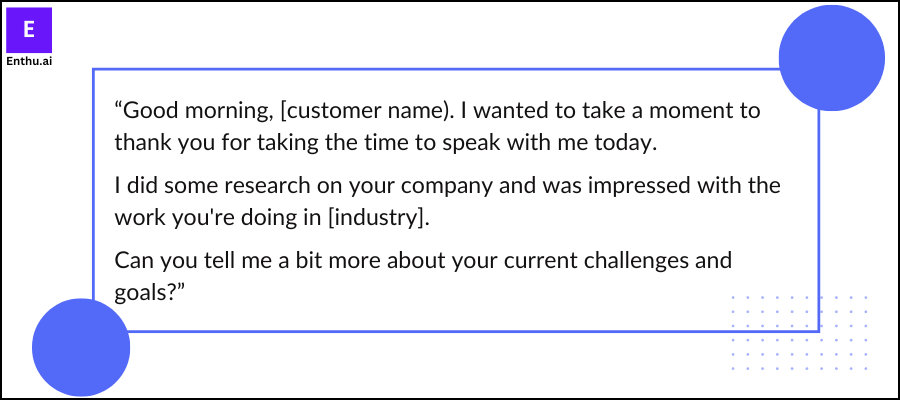
2. Positive Introduction
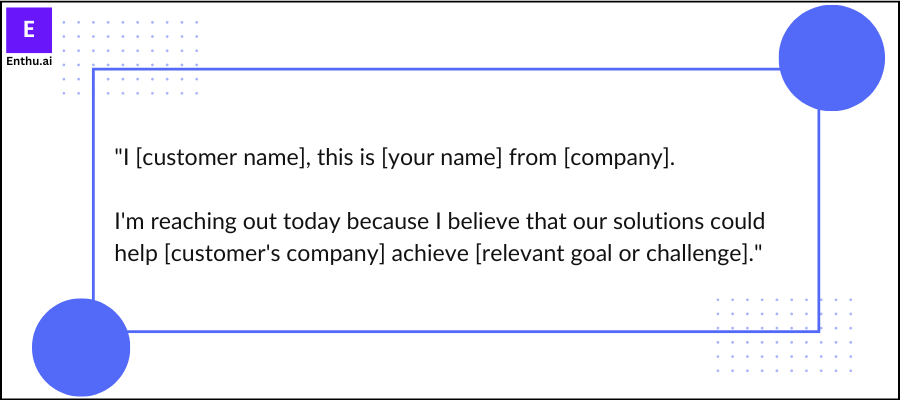
3. Building Rapport
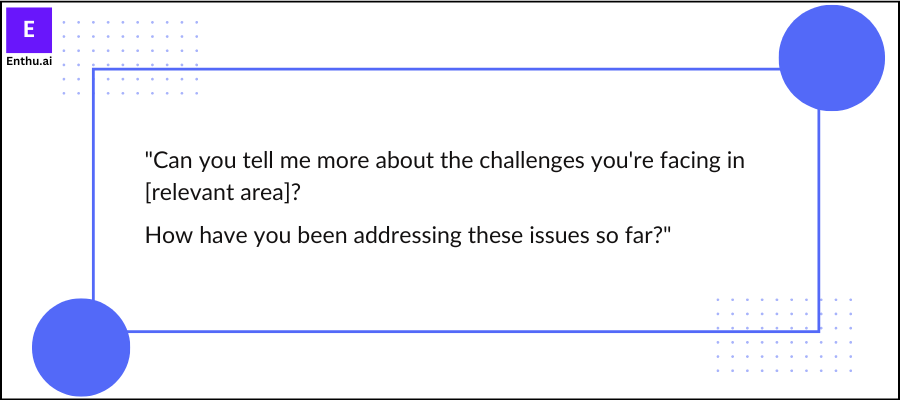
4. State the Purpose
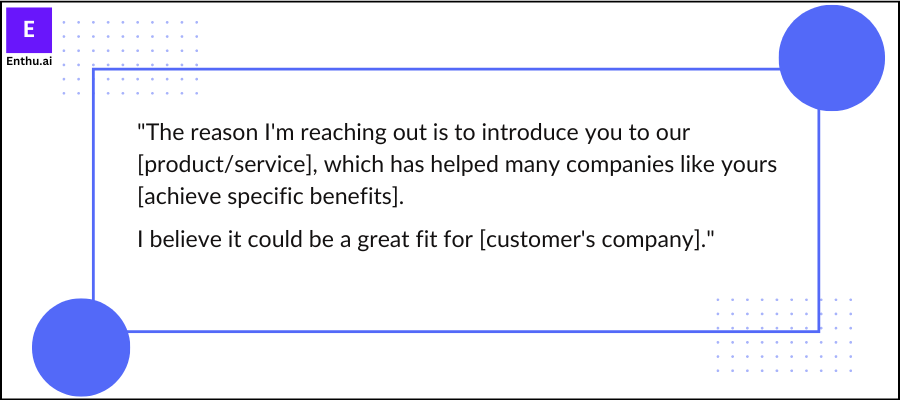
5. Ask for Permission
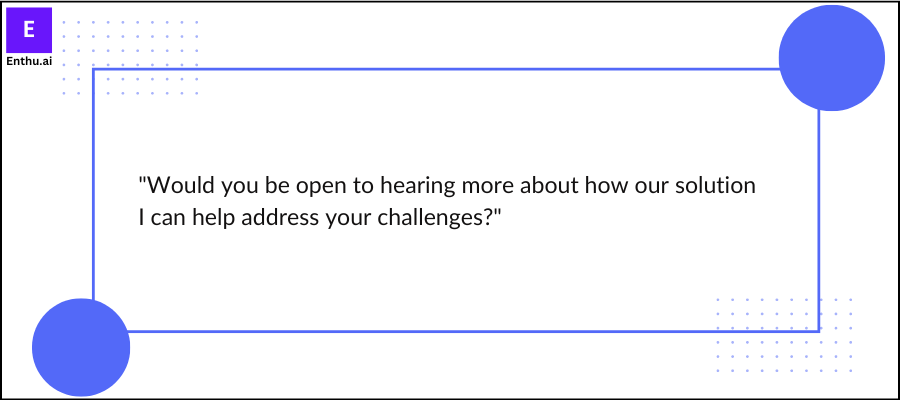
6. Respect
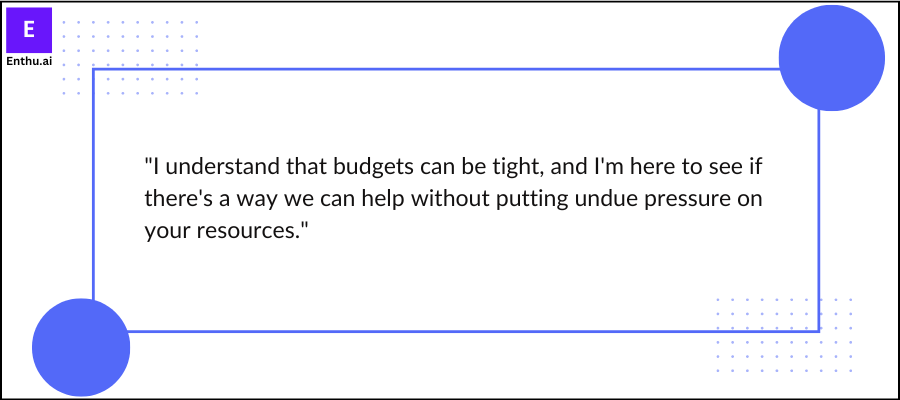
7. Focus
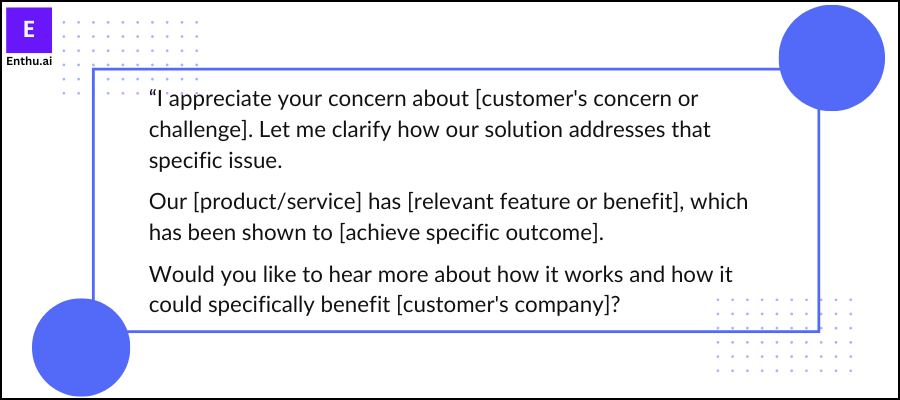
Conclusion
FAQs



 On this page
On this page


